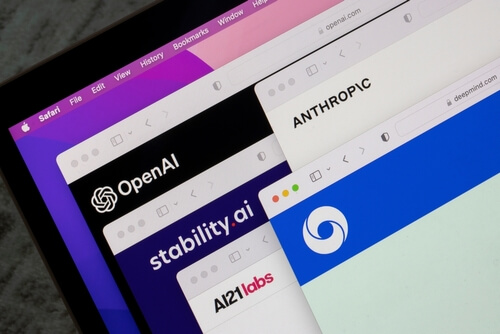US publisher The New York Times has filed a lawsuit against artificial intelligence (AI) giants OpenAI Inc. and Microsoft Corp. for allegedly infringing on its copyrighted content for training large language models (LLMs) to spread information.
A filing in a Manhattan federal court said the newspaper accused the two companies of “free riding” on its significant investments in its journalism to provide alternative products without consent or proper compensation.
The suit claimed that OpenAI and Microsoft’s unauthorized use of The Times’s copyrighted materials to develop chatbots puts the publisher’s ability to offer service at risk.
The move makes The Times the first major US media organization to sue OpenAI and Microsoft over a copyright dispute associated with its works.
While the complaint did not specify an exact monetary settlement, the case may see The Times receive billions of dollars in statutory and actual damages. It also calls for removing the firms’ AI models and training data incorporating their copyrighted content.
Media Organizations’ Struggles with AI Models
OpenAI and Microsoft have said using copyrighted works to train chatbots falls under the US’s “fair use” doctrine, which permits using such materials for a limited and “transformative” purpose without the owner’s consent.
However, The Times saw nothing transformative about utilizing their content without payment to create tools that replace and shift their readers’ attention away from them. It argued that ChatGPT and Bing chatbot Copilot can offer a similar service as The Times.
The US Copyright Office described transformative uses refer to instances that deliver something new with more purpose or character and are “more likely to be considered fair.”
The Times had acknowledged the potential of generative AI (GenAI) for journalism and the public, although it argued that journalistic content should be utilized for commercial purposes with permission from the owner.
LLMs have faced growing scrutiny since their boom in 2022, with news outlets, in particular, expressing their concern over such products possibly being able to distribute misinformation linked to them and use their works without incentive to see the original source.
Major media organizations’ challenges to gaining and keeping readers have intensified due to the popularity of chatbots, although The Times has performed better.
By the end of September, the publisher’s digital subscriber base grew to 9.41 million from 8.59 million posted in the previous year. Its print subscriber base, on the other hand, dropped to 670,000 in the period from 740,000.
Subscriptions account for over two-thirds of The Times’s revenue, while ads represent 20%.











